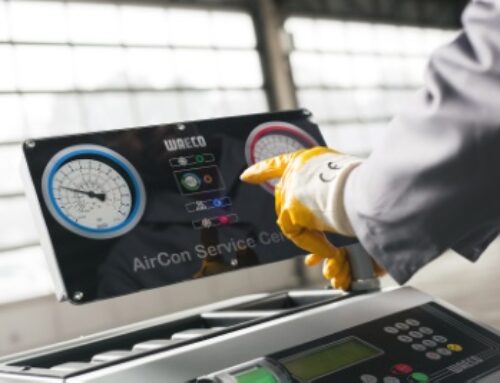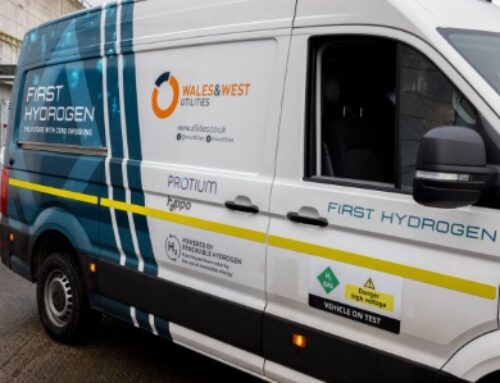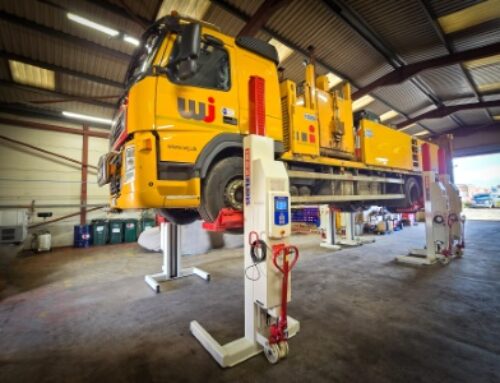Lubricants: a century of evolution
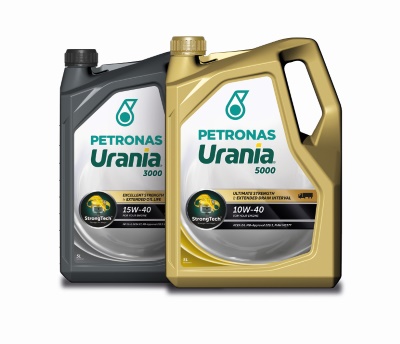 Fausto Lupone, automotive sector expert at Petronas Lubricants International, looks at how lubricants have helped shape the past, present and future of motoring
Fausto Lupone, automotive sector expert at Petronas Lubricants International, looks at how lubricants have helped shape the past, present and future of motoring
Over the last century, scientific breakthroughs in motoring have seen the capabilities of industrial commercial vehicles rise exponentially to meet drivers’ needs. However, it’s fair to say that none of these innovations would achieve their potential without the vast strides made by lubricant technology every step of the way.
Lubricants may seem like a second thought for the industrial buyer or the first-time driver looking to take their test as quickly as possible to get on the road. However, the contribution of oils to motoring is fundamental and unparalleled. In fact, it is now inseparable from the high-class performances challenging every part of the industry to innovate and advance.
Motor oil was never a retrospective attrition to the motorist’s arsenal of tools. It has always been essential to performance.
These first lubricants reduced friction in far more ways than one. Born of steam engine innovations following the Industrial Revolution, they emerged side-by-side with vehicles as they entered the international scene.
The ability of quality lubricants to optimise and lengthen the performance of engines not only allowed early drivers to hit the road smoothly for the first time but, consequently, it paved the way for the acceptance and development of the modern HGV.
As the Second World War prompted a need for higher performance military vehicles, lubricants enabled this. In the post-war period, this newfound variety and quality in motor oils allowed the automotive industry to evolve its design diversity to cater for the modern drivers of the 1960s.
Advanced formulation and manufacturing never failed to meet the needs of the latest contemporary technologies. As a result, the knowledge that new engine types and new materials could be supported by key lubricants players has powered motoring innovation ever since.
With a century of development in fluid technology under its belt, the lubricants industry is now capable of truly democratising driving in the modern day. This means ensuring that every individual can secure the highest quality performance from their vehicle possible – regardless of make or model.
Optimal compatibility between system and product is only achievable through close collaboration between lubricants developers and original equipment manufacturers (OEMs). Both teams must share knowledge and workspaces to ensure that lubricants are co-engineered to achieve the highest standards for specific vehicles.
A continued commitment to high quality research is what enables lubricants manufacturers to turn their hand to any brief, understanding the needs of equipment, recognising challenges and ultimately formulating the best results for the OEM’s customers.
For instance, the development of a scheme like Petronas Lubricants International’s (PLI’s) Fluid Technology Solutions (FTS) programme has helped to maximise productivity for customers, with value-added products and services that are global, yet refined to specific needs.
Through detailed user and market research, analysis of legislative requirements and collaboration between engineers and scientists, schemes like this foster a unique approach to deliver the right fluid to the right user.
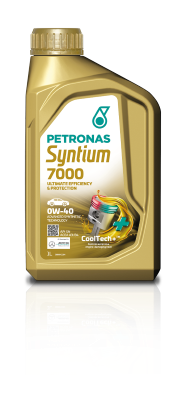 The lubricants industry has always been highly adaptable to the development of new vehicle technologies. Now, as motoring undergoes the biggest shift towards sustainability in its history, lubricants science is leading the way by enabling ‘greener’ technologies to reach their potential, ultimately proving the value of eco-friendly vehicles to manufacturers, investors and consumers.
The lubricants industry has always been highly adaptable to the development of new vehicle technologies. Now, as motoring undergoes the biggest shift towards sustainability in its history, lubricants science is leading the way by enabling ‘greener’ technologies to reach their potential, ultimately proving the value of eco-friendly vehicles to manufacturers, investors and consumers.
Research into lubricants to empower hybrid and electric vehicles (EVs) is already fully underway at the world’s top fluid development labs, as demand for these vehicles booms. EV motors require several fluids: oil for the reduction gear that is the EV’s transmission unit, and oils specifically for the electric motor if the oil cooling is used for the motor.
Teams are focusing their R&D efforts on battery thermal management fluids: ways to help electric vehicles reach maximum performance when operating at various conditions and to prolong battery life.
Reducing waste is also high on the agenda of lubricants manufacturers. Older vehicles can still reach maximum performance through the development of modern lubricants which draw on the original oil specifications from the manufacturer.
By using the most appropriate additives and the most advanced technologies to ensure protection of older engines against wear and tear, modern lubricants can enable top class, efficient performances from older vehicles. This ultimately prolongs their lifespan and delays highly pollutive disposal processes.
The challenges of sustainability, combined with the democratisation of technology, means that pioneering new technologies are making their way to the market continually. Each must be able to demonstrate long-term efficiency to meet the expectations of drivers, and limit impact upon the environment.
Quality lubricants will be integral in enabling vehicles to meet this high standard – as they have been throughout the history of the modern motor vehicle.








